How todetermine amps from Hz
frank_diy
12 years ago
Featured Answer
Sort by:Oldest
Comments (9)
bus_driver
12 years agoRelated Professionals
Albany General Contractors · Ashburn General Contractors · Country Club Hills General Contractors · Genesee General Contractors · Leavenworth General Contractors · Pico Rivera General Contractors · Seal Beach General Contractors · Tabernacle General Contractors · Lockhart Solar Energy Systems · Moreno Valley Solar Energy Systems · Brookline Home Automation & Home Media · Gilbert Home Automation & Home Media · Goulds Home Automation & Home Media · San Bruno Home Automation & Home Media · San Diego Home Automation & Home Mediafrank_diy
12 years agoadinota3
12 years agoRon Natalie
12 years agobrickeyee
12 years agodkenny
12 years agoRon Natalie
12 years agobrickeyee
12 years ago
Related Stories
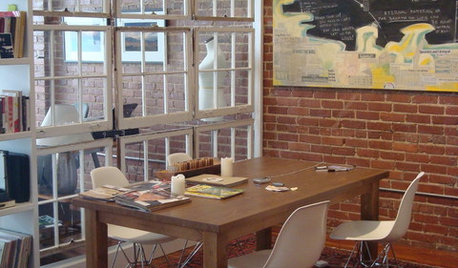
REMODELING GUIDESGet What You Need From the House You Have
6 ways to rethink your house and get that extra living space you need now
Full Story
ECLECTIC STYLEGet Creative Salvage Ideas from Houzzers' Reuse Projects
Save money and show off your resourcefulness by borrowing from these creative home projects using salvaged materials
Full Story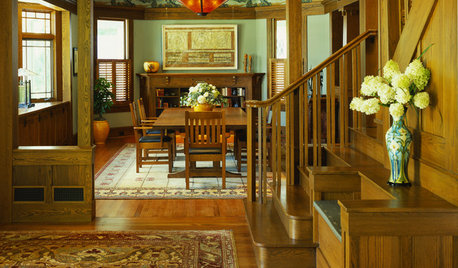
CRAFTSMAN DESIGNHow Arts and Crafts Style Beautifies Today's Interiors
Based on beauty and purity, this movement from more than a century ago is still influencing design elements in home interiors
Full Story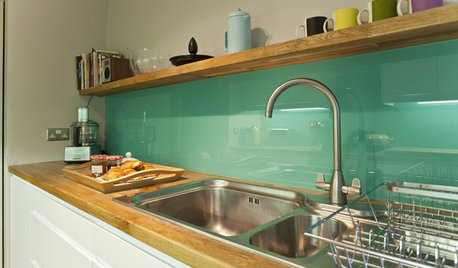
KITCHEN DESIGNHow to Pick a Kitchen Backsplash That Wows
Design your ideal backsplash with help from these Houzz guides and inspiring ideas for every kitchen style
Full Story
COLORColor Guide: How to Work With Plum
Glam or grounding, this luscious, vibrant hue can bring richness to rooms from old-world traditional to minimalist modern
Full Story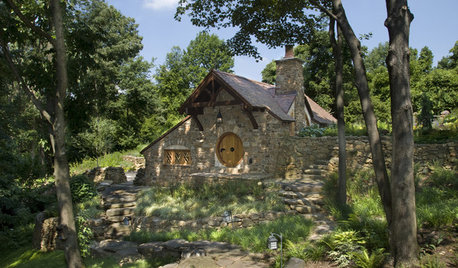
MAN SPACESHouzz Tour: 'Hobbit House' in Pennsylvania Countryside
This tiny Pennsylvania cottage and private museum takes its inspiration from J.R.R. Tolkien's fantasy world
Full Story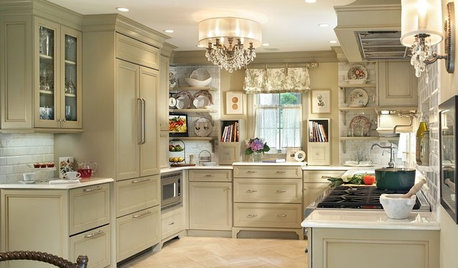
KITCHEN DESIGNExpert Talk: 10 Reasons to Hang a Chandelier in the Kitchen
Unexpected? Sure. Incongruent? Not at all. Professional designers explain why a chandelier can work in kitchens from traditional to modern
Full Story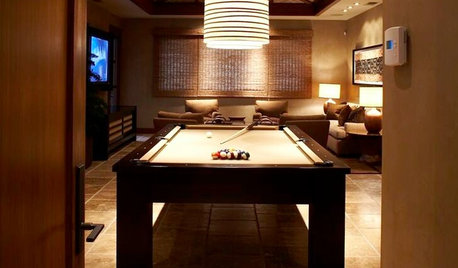
MORE ROOMSHave a Ball With Your Billiard Room
Decadently plush or based in a barn, these stunning billiard rooms show how much fun it is to take style cues from a pool table
Full Story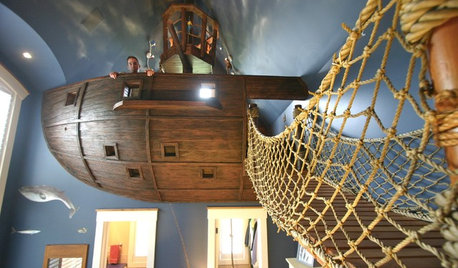
FEEL-GOOD HOMEHouzz Tour: 'Pirate House' Lures With Surprises
Batten down the hatches for a wild ride in Minnesota, from a lofty crow's nest to a twisty, tubular slide to a secret passageway and more
Full Story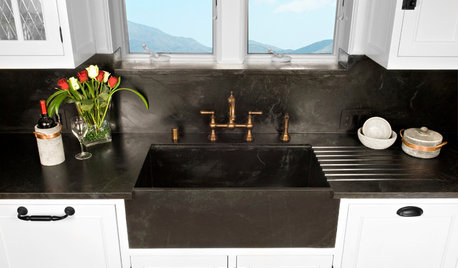
KITCHEN DESIGN8 Apron-Front Sink Styles for Kitchens of All Kinds
Simple or showy, matching or contrasting, apron-front sinks are popping up in kitchens far from the farm
Full Story




stinkytiger